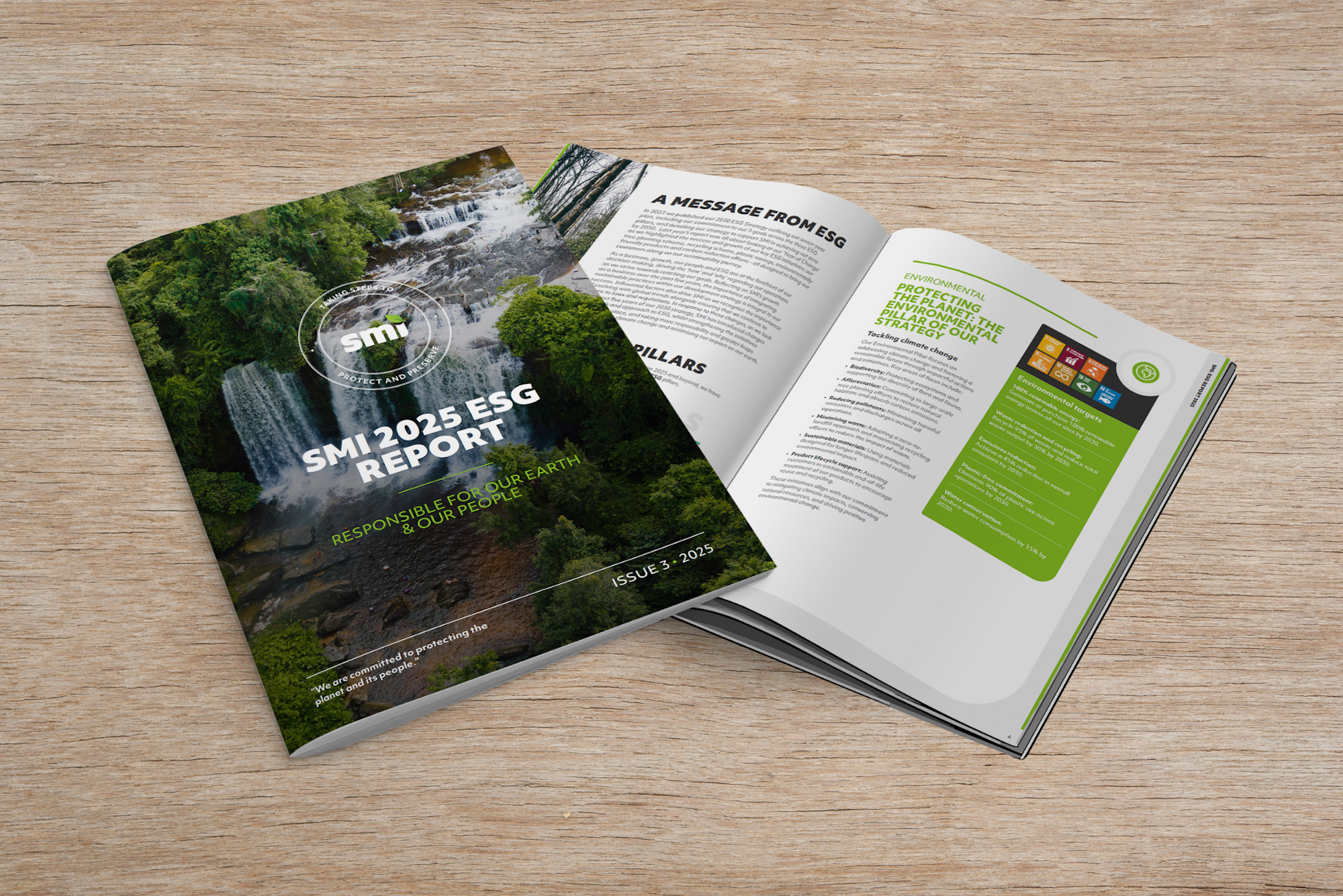
Insight
SMI's Christmas and New Year Operational Hours
Find SMI’s Christmas and New Year 2025–26 opening hours.
View head office closure dates, warehouse availability, and how to contact us during the holiday period.
4 minute read

If your team works outdoors, you know how important it is to stay warm and dry.
With so many workwear options available, it can be tricky to decide what’s right for the team.
Trial and error is one approach, but you don’t want to spend money on jackets your staff won’t get much use from.
Don't worry, you’re in the right place.
We’ll walk you through the softshell jacket vs fleece debate, highlight the key differences, and help you choose what works best for your team. (Hint: you might even want both!)
A softshell jacket is lightweight, breathable, and easy to move in.
It’s not fully waterproof (you’ll need a hardshell for heavy rain), but it blocks wind and light showers.
For teams working outdoors in moderately cold weather, a softshell is ideal as an outer layer. It also works as a mid-layer in extreme weather, worn under a hardshell.
Softshells are versatile and practical for any outdoor team to have.
Fleece jackets are made from synthetic fibres (usually polyester) that undergo a brushing process to make them soft and fluffy.
They’re warm, lightweight, breathable, and extremely comfortable.
Fleece works well as an outer layer in mild weather or as a mid-layer during colder periods. It’s durable, quick-drying, and often machine washable, making it perfect for teams on the move.

Choosing the right work jacket can keep your team comfortable and safe.
Here’s a guide to help you compare softshell jackets and fleece jackets and decide which works best for different conditions.
Softshell jackets: Smooth, stretchy fabric (usually polyester or nylon blends). Lightweight and sleek, ideal for active work.
Fleece jackets: Soft, fluffy texture (mostly polyester, sometimes wool). Warm and comfortable, perfect for slower-paced tasks.
Softshell jackets: Lightweight, breathable, and wind-resistant. Provides moderate warmth and works well when layering under a waterproof jacket.
Fleece jackets: Excellent insulation thanks to trapped air in the fibres. Ideal for mid-layer use or less physically demanding work.
Softshell jackets: Resists wind and light rain. Often features water-repellent coatings or taped seams. Not fully waterproof but keeps teams drier in drizzles.
Fleece jackets: Minimal weather protection. Absorbs rain, so best paired with a waterproof outer layer.
Softshell jackets: Stretchy and lightweight, allowing full range of movement for bending, lifting, or climbing.
Fleece jackets: Warm and soft but can feel bulky in thick styles, slightly limiting mobility.
Softshell jackets: Abrasion-resistant, easy to clean, perfect for rugged environments.
Fleece jackets: Durable but may pill over time. Usually machine washable and quick-drying.
Softshell jackets: Best for active, exposed conditions where wind or light rain is a factor.
Fleece jackets: Best for warmth and comfort in less strenuous work or when layering is possible.
Yes! Teams don’t have to pick just one.
Layering offers the best of both:
This combination gives warmth, comfort, breathability, and light weather protection. Staff can remove layers if they get too warm.
At SMI, we make it easy for teams to get the right workwear:
Choosing between softshells and fleeces doesn’t have to be complicated.
Our friendly team can help you pick the best options for your staff.

It depends on climate and work type. Softshells resist wind and light rain, while fleeces focus on warmth and comfort.
Most offer some weather resistance for light rain. Fully waterproof protection requires a hardshell jacket.
Fleeces trap heat and are generally warmer. Softshells prioritise breathability and mobility.

Insight
Find SMI’s Christmas and New Year 2025–26 opening hours.
View head office closure dates, warehouse availability, and how to contact us during the holiday period.

Insight
Download SMI’s FREE risk assessment template to identify hazards and ensure workplace safety. Includes an example for office environments and guidance for various tasks.

Insight
Our 2025 ESG Report is live! Working with a sustainable supplier like us goes beyond good intentions, it’s about real benefits for your business.